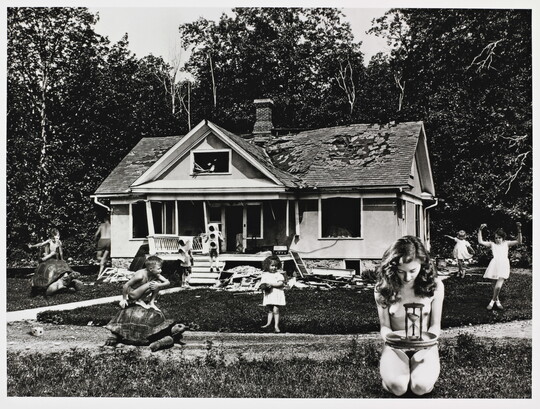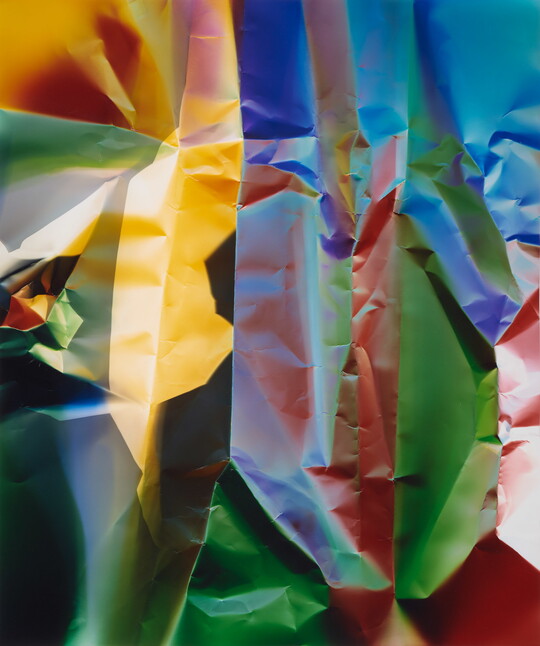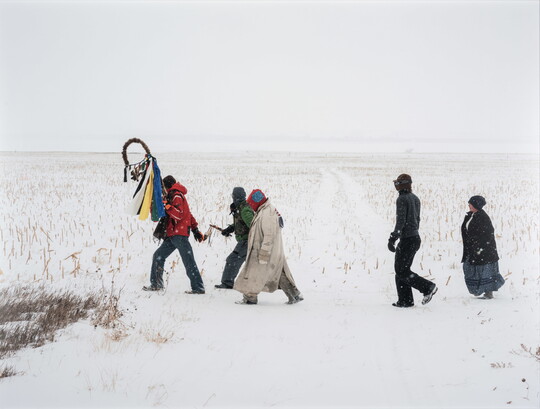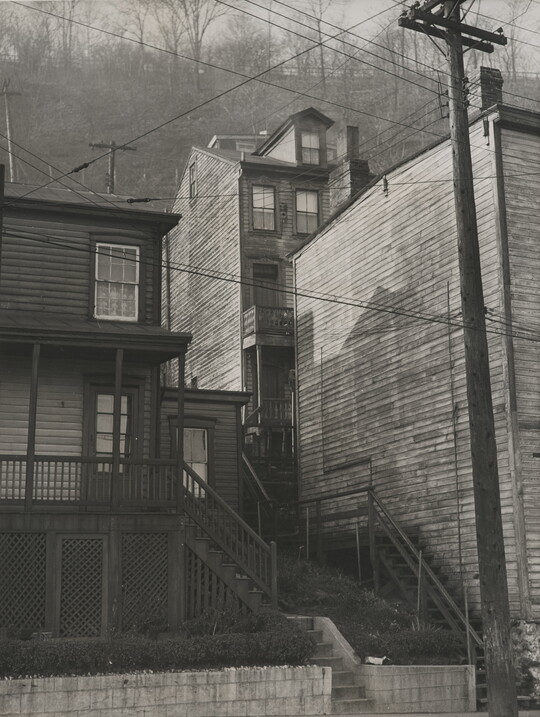


Artwork Images
Photo:
Controls
Bullet thru Flame
Object Details
-
Date
1973
-
Object Type
Photographs
-
Medium
Dye coupler print
-
Dimensions
Image: 18 1/4 x 12 3/16 in.
Sheet: 20 x 16 in. -
Inscriptions
Recto:
signed l.r.: HAROLD EDGERTON
-
Credit Line
Amon Carter Museum of American Art, Fort Worth, Texas, Gift of James P. Harrington, West Chester, Pennsylvania
-
Accession Number
P1985.46
-
Copyright
© 1973 Kim Vandiver and Harold Edgerton
Additional details
Location: Off view
See more by Harold Eugene Edgerton
and
J. Kim Vandiver
Tags
-
How do developments in technology influence art?
What are the connections between science and photography?
How have artists, particularly photographers, explored concepts of time in their work?
How do artists create a sense of movement, motion, or action in their artworks?
-
What is happening in this image? How might it have been created?
This image is of something that happens so fast that human eyes cannot see this detail without the aid of technology. What is the relationship between a photographer and their tools? In what ways is the practice of photography influenced by the artist’s relationship to their camera? Is that relationship fundamentally different than the relationship of artists working with their tools in other media?
What aspects of this photograph suggest movement?
Think about the photographs that you are most familiar with or that you have taken yourself. What decisions did the photographer make in creating those images? What aspects of this photograph did Edgerton control? What was out of his control?
Is this photograph more connected to science, art, or equally to both? Why?
Edgerton’s camera captured many photographs of this bullet traveling through this flame. Why do you think he chose this image as the most important? What makes this photograph successful?
Think of an action or event that it is difficult to see with the unaided eye. If you could slow it down, what tiny moment would you most want to see? What do you think it would look like? Is there beauty in the moment you chose?
-
Grades 6–12
Activity 1
Edgerton is best known for his work in stroboscopic photography, using intermittent flashes of light to study movement; but he is also responsible for developments in underwater imaging and sonar devices. Ask students to research Edgerton’s contributions to photographic innovation in the 20th century. To extend students’ inquiry, challenge them to discover another artist who contributed to scientific advancement, or a scientist who contributed to artistic innovation.Activity 2
Ask students to consider an action or movement that happens so quickly it cannot be seen with the unaided human eye. Have students imagine components of that movement and sketch four or five of those moments in sequence. Display students’ work and ask classmates to choose which of the several sketches is the most critical to the action and the most beautiful. Have students write a paragraph about their reasons for choosing that particular image.
Share Educator Resources
Amon Carter Disclaimer
This information is published from the Carter's collection database. Updates and additions based on research and imaging activities are ongoing. The images, titles, and inscriptions are products of their time and are presented here as documentation, not as a reflection of the Carter’s values. If you have corrections or additional information about this object please email us to help us improve our records.
Every effort has been made to accurately determine the rights status of works and their images. Please email us if you have further information on the rights status of a work contrary or in addition to the information in our records.
Related Works
-
The Time Game, 2011
Jane Hammond
Gelatin silver print
P2011.29
-
Boy in Yellow Shirt Smoking, Scranton, PA, 1977, 1977
Mark Cohen
Dye coupler print
P2017.70
-
[Still life with leg, bananas, and fan], 1980
Marilyn Zimmerman
Dye coupler print
P1983.31.18
-
Dings and Shadows, 2018
Ellen Carey
Dye coupler print
P2018.41
-
[Golden Gate Bridge silhouetted by beacon lights], 1979
Arthur Ollman
Dye coupler print
P1983.27
-
Understory Flareups, Fourth of July Creek, Valley Road Wild Fire, Custer County, Idaho, 2005, 2005
Laura McPhee
Dye coupler print
P2006.16
-
Standing Rock Prayer Walk, North Dakota 2018, 2018
Mitch Epstein
Dye coupler print
P2019.99
-
Untitled, 1970
Luchita Hurtado
Lithograph
1970.86
-
Untitled (Pittsburgh Housing), 1930s
Manuel de Aumente
Gelatin silver print
P2009.11










